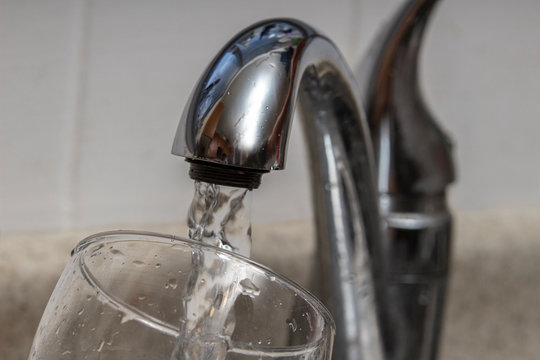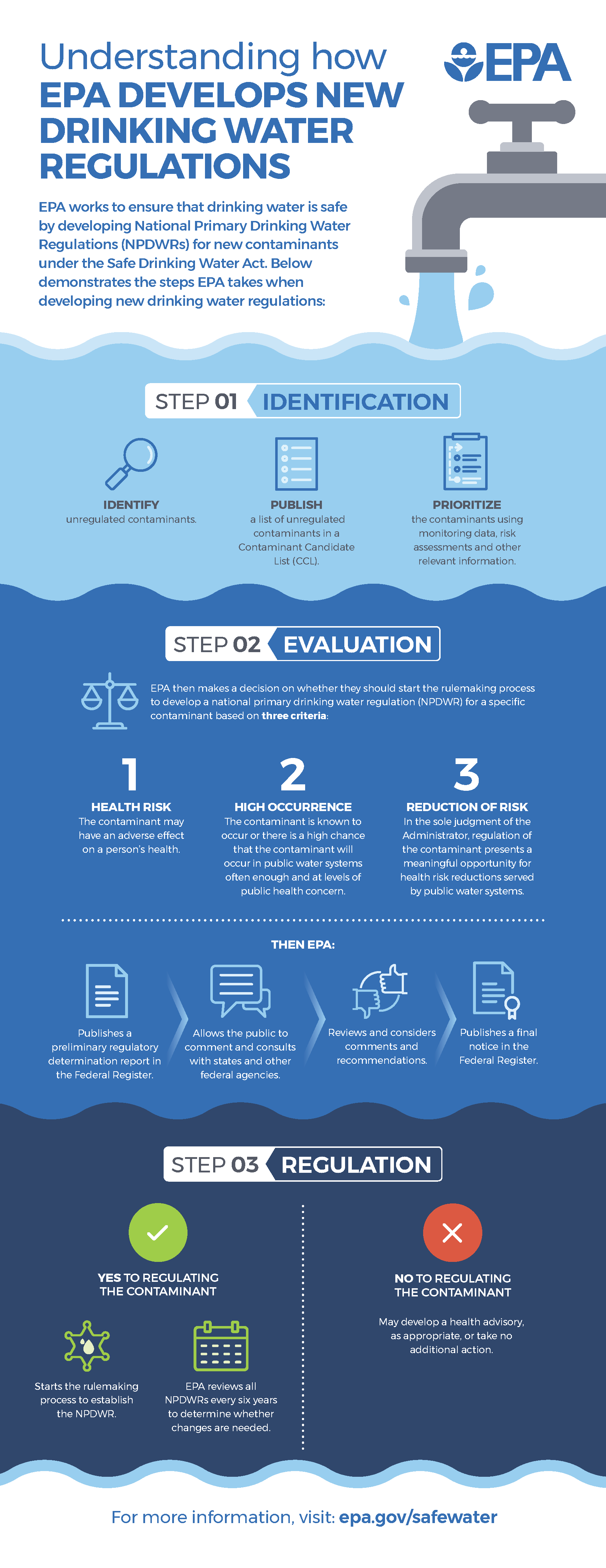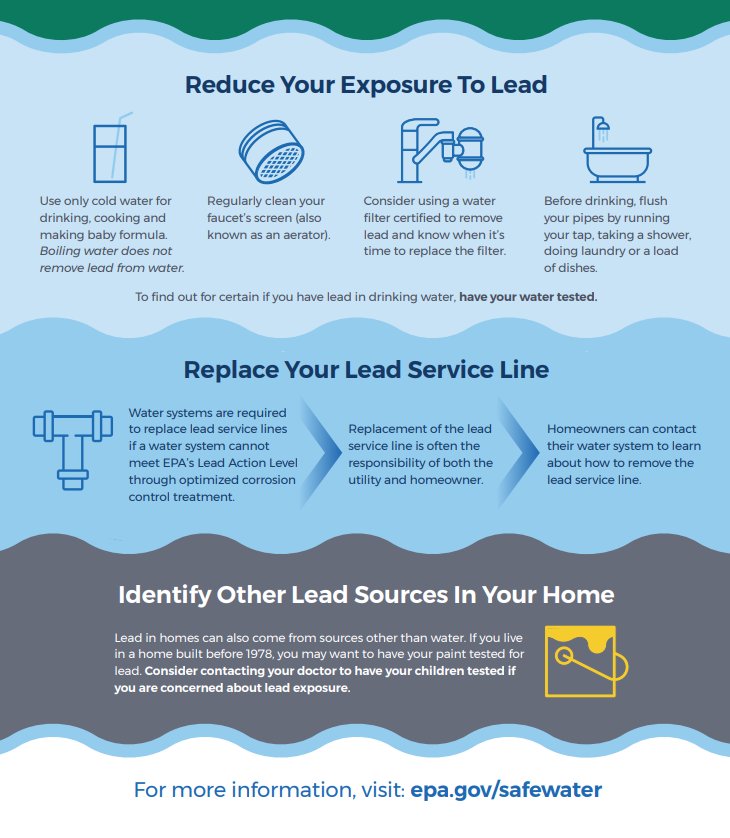About Lead

Lead is a naturally occurring heavy metal that is found throughout our environment. In the past, lead was commonly used in gasoline, paint, and plumbing materials. Once the detrimental health of effects of lead were understood, its use in everyday products diminished. However, some of these older components remain, including in our drinking water systems.
In 1974 the Safe Drinking Water Act (SDWA) was passed creating maximum contaminant level goals (MCLGs) – a level below which there are no known or expected health risks to people over a lifetime of exposure – and the use of lead in new plumbing materials was banned in 1986. Lead-lined water tanks and coolers were recalled in 1988 and the manufacture or sale of any non lead-free watercoolers was banned. However, some older buildings may still contain lead components.
Lead leaches into drinking water from lead service lines, plumbing fixtures in individual homes, and private plumbing systems, making it impossible to fully control at the public water system level. Instead, EPA established a treatment technique for lead in 1991 known as the Lead and Copper Rule (LCR).
The EPA is constantly updating and adding to the LCR. As recently as 2021, the EPA announced the Lead and Copper Rule Revisions (LCRR) to further protect communities through the identification and removal of lead service lines throughout our water systems, including in schools and childcare facilities.

Lead is a highly toxic metal that is harmful to human health and development. Lead persists in the body and can bioaccumulate over time. These attributes make lead harmful to everyone, but young children, infants, and fetuses are especially vulnerable, because their bodies are still developing. There is no safe level of lead, but even low levels in a child’s system can slow down growth and impair learning.
Effects in Adults: cardiovascular effects, increased blood pressure and hypertension, decreased kidney function, fertility problems, digestive problems, nerve disorders, muscle and joint pain, memory problems.
Effects in Children: behavior and learning problems, lower IQ and hyperactivity, slowed growth, hearing problems, anemia, nervous system damage, kidney damage, lower bone growth.

Lead can enter drinking water when a chemical reaction occurs in plumbing materials that contain lead. This is known as corrosion – dissolving or wearing away of metal from the pipes and fixtures. This reaction is more severe when water has high acidity or low mineral content. How much lead enters the water is related to:
- the acidity or alkalinity of the water,
- the types and amounts of minerals in the water,
- the amount of lead that water comes into contact with,
- the water temperature,
- the amount of wear in the pipes,
- how long the water stays in pipes, and
- the presence of protective scales or coatings in the pipes.
Even facilities without lead service lines may still have brass or chrome-plated brass faucets, galvanized iron pipes or other plumbing soldered that contain lead. Drinking water fountains with lead-lined tanks and other plumbing fixtures not intended for drinking water (e.g., lab faucets, hoses, spigots, hand washing sinks) may also have lead in the water.

EPA’s Sources of Lead in Drinking Water Infographic; 2017
The treatment technique regulation for lead (referred to as the Lead and Copper Rule) requires water systems to control the corrosivity of the water. The regulation also requires systems to collect tap samples from sites served by the system that are more likely to have plumbing materials containing lead. If more than 10 percent of tap water samples exceed the lead action level of 15 parts per billion, then water systems are required to take additional actions including:
- Taking further steps to optimize their corrosion control treatment (for water systems serving 50,000 people that have not fully optimized their corrosion control) .
- Educating the public about lead in drinking water and actions consumers can take to reduce their exposure to lead.
- Replacing the portions of lead service lines (lines that connect distribution mains to customers) under the water system’s control.


